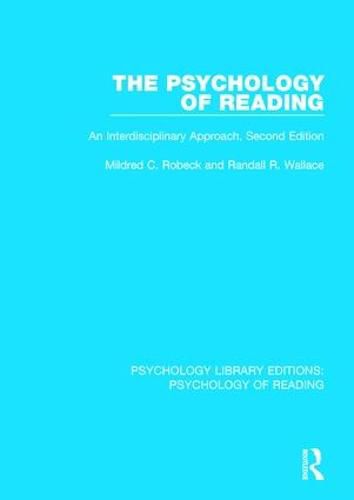Readings Newsletter
Become a Readings Member to make your shopping experience even easier.
Sign in or sign up for free!
You’re not far away from qualifying for FREE standard shipping within Australia
You’ve qualified for FREE standard shipping within Australia
The cart is loading…






The need to know why as well as how children and youth respond as they do to reading instruction has guided the selection of this book’s content. The second edition of this title, originally published in 1990, has retained and elaborated upon the three major themes previously presented: that reading is a linguistic process; that motivation, the affective domain, may be as important in learning to read as the cognitive domain; and that the reality of learning theory is to be found in the mechanisms of the brain where information is mediated and memory traces are stored.
The text integrates views from cognitive psychology, psycholinguistics, and neuropsychology as they relate to reading and writing. A learning-motivation model is provided to present associative learning, conceptualization, and self-directed reading in a hierarchical relationship with distinct cognitive and affective components. The distinction between beginning and proficient reading is maintained throughout the text.
$9.00 standard shipping within Australia
FREE standard shipping within Australia for orders over $100.00
Express & International shipping calculated at checkout
The need to know why as well as how children and youth respond as they do to reading instruction has guided the selection of this book’s content. The second edition of this title, originally published in 1990, has retained and elaborated upon the three major themes previously presented: that reading is a linguistic process; that motivation, the affective domain, may be as important in learning to read as the cognitive domain; and that the reality of learning theory is to be found in the mechanisms of the brain where information is mediated and memory traces are stored.
The text integrates views from cognitive psychology, psycholinguistics, and neuropsychology as they relate to reading and writing. A learning-motivation model is provided to present associative learning, conceptualization, and self-directed reading in a hierarchical relationship with distinct cognitive and affective components. The distinction between beginning and proficient reading is maintained throughout the text.